The sexualizing of women in kids’ shows is inaccurate and unnecessary
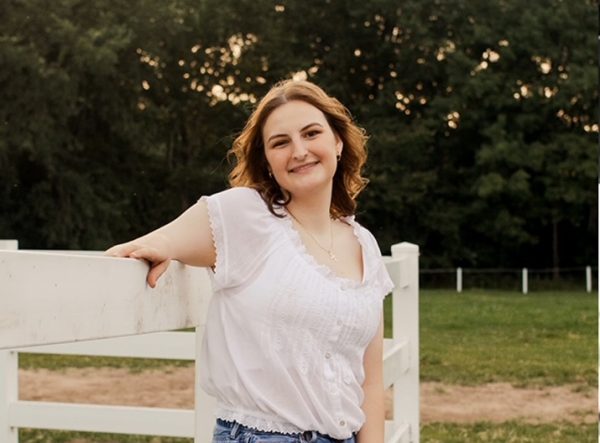
More stories from Eva Harshman
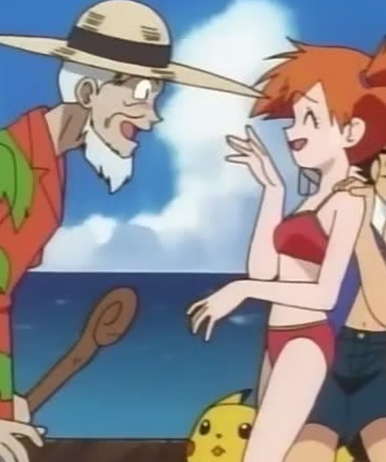
Misty uncomfortably moving away from a creepy old man in a situation that is supposed to be amusing.
I distinctly remember being about ten or eleven years old—about the same age as the protagonists—watching Pokémon: Indigo League in my living room during the long days of the summer when both of my parents were working. It had the weird sense of 90’s humor that I almost always adored; however, the variety of terrible puns and dad jokes had a dark side that made my skin crawl.
Some of the scenes played for kicks are extremely creepy and uncomfortable. One that permanently sticks in my mind is when Misty, one of the main characters in Pokémon: Indigo League, comes out wearing a bikini, and her fellow protagonists, who happen to be male, “can’t help” but gawk.
Misty is ten years old, and at that point, she already looks very mature. While it is excellent to have representation of all body types, including girls who hit puberty earlier in their lives, it is unsettling to see it so sexualized. This kind of joke is not funny; it’s gross. I remember being so awkward during this scene and wondering why it is even played at all.
To be fair, the series was made over twenty years ago, but that does not excuse the complete lack of awareness regarding how this clips are received. Some of the content might just try to be accurate to real life, but my hopeful view of this was completely blown away by a single fact: Misty was not created to be a female representative in the world of Pokémon, but rather a mere piece of content for boys to enjoy.
Some of the content might just try to be accurate to real life, but my hopeful view of this was completely blown away by a single fact: Misty was not created to be a female representative in the world of Pokémon, but rather a mere piece of content for boys to enjoy.
Masamitsu Hidaka, who was one of the directors and storyboard artists for the show, confirmed this in a 2008 interview. This is positively disturbing; Misty is still one of my favorite characters in the franchise, but this perspective puts everything in a whole different light, causing everything to come together all too well.
There are frequent remarks about her body and how she looks, which never seemed to fit the general nature of the show. Creepy old men hit on her, and her companions never let her forget that she doesn’t look “mature” despite the fact that she has a visible chest at age ten.
It is certainly important to bring up sexual harassment and bullying, but this was played in the opposite manner than it should have been. Themes such as these should be shown in a serious light, but instead, they have been minimized by become somewhat of a joke in some kids television series.
Additionally, while Pokémon: Indigo League is free to be enjoyed by all ages, the target audience of the show is children; children who do not need to see sexual content reflected in characters of their own age.
Unfortunately, this phenomenon is not exclusive to Pokémon. It is also commonplace in Western children’s shows, a major one being Total Drama. I am fully aware that there are women with body types that are considered to be stereotypically attractive, and they, like all other women, should be represented in the media. However, almost all of the female characters have exaggerated characteristics in all the wrong places.
The male characters all have different characteristics that are blown out of proportion, such as chins, biceps, and noses. I would expect no difference in the female characters, but clearly, the show chose to exaggerate the most “popular” features of women: their breasts and hips. Nearly every single woman in the show is extremely skinny and big-breasted, not to mention their hips.
The women seem to be cut from the same outline in terms of body type, which not only pushes typical standards of beauty, but also introduces it to children from a young age. There are one or two plus-sized girls in the show, which is progress, but they too have very pronounced breasts and hips.
This is an inaccurate portrayal of real women and gives kids a head start on body image issues, no matter how intentional. Children, and anyone for that matter, needs to see “pleasurable” bodies of women; women are not objects for entertainment, and never should be shown as such.

Eva Harshman is a senior who is thrilled to be entering her fourth and final year on staff as Editor-in-Chief. Apart from writing for The Central Trend, she...





















































































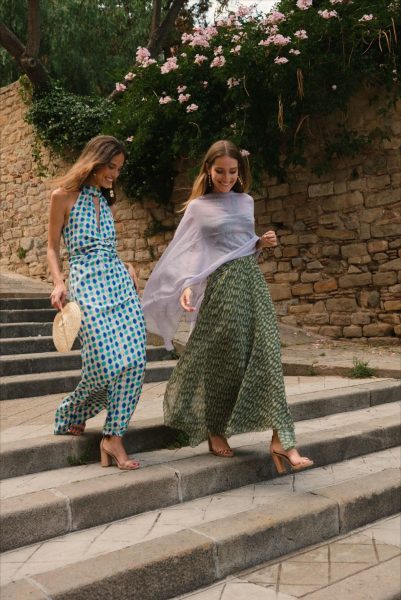
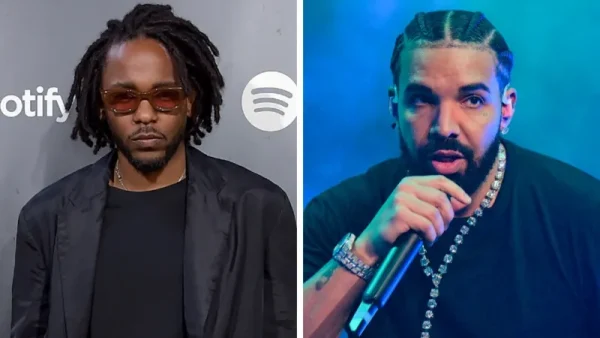
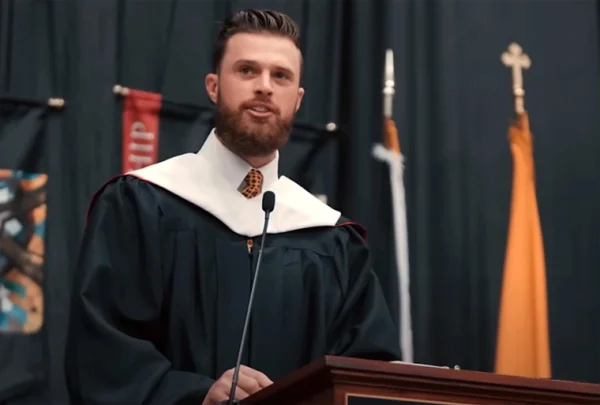
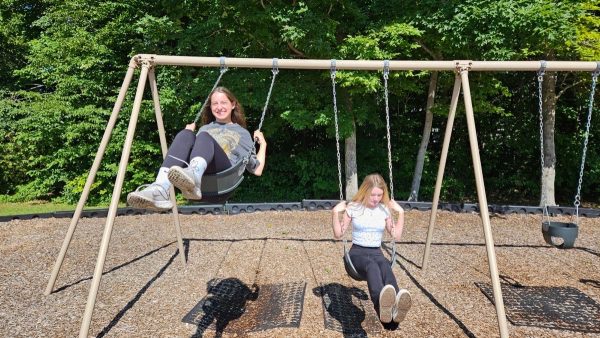
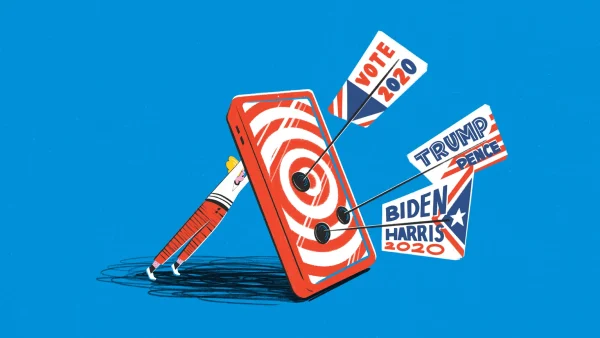




Penny O'Meara • Oct 20, 2022 at 5:51 pm
I was literally just watching One Piece and thinking about how they over-sexualized and encouraged the over-sexualization of almost every female character in that show. You really put the disgust I was feeling into words 🙂
Man Cing • Oct 12, 2022 at 2:55 pm
Thanks for writing this editorial Eva! I agree that women should be taken more seriously and more appropriately.